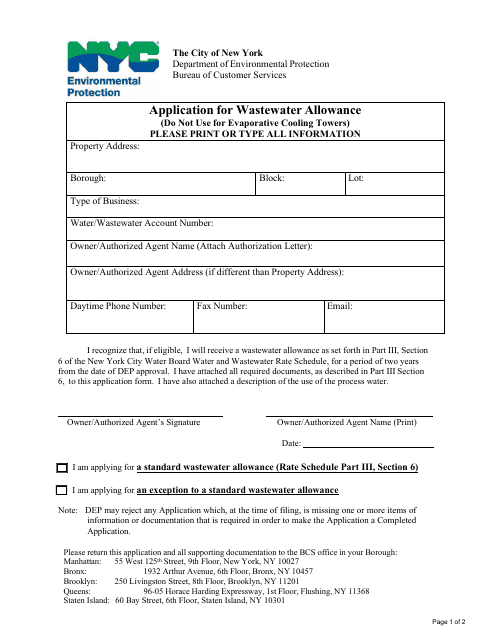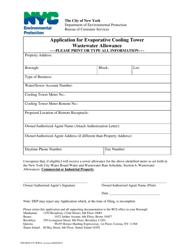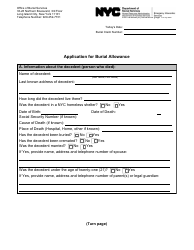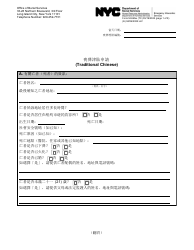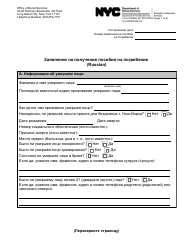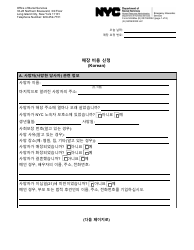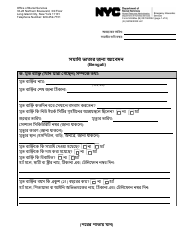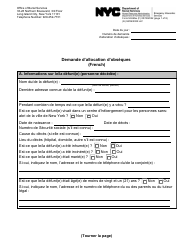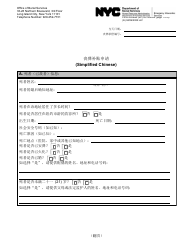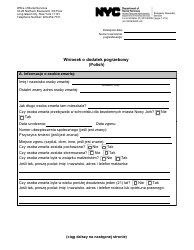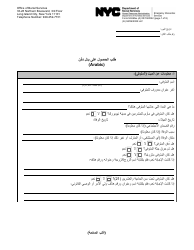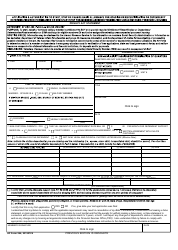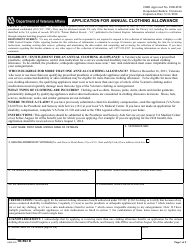Application for Wastewater Allowance (Not Cooling Towers) - New York City
Application for Wastewater Allowance (Not Cooling Towers) is a legal document that was released by the New York City Department of Environmental Protection - a government authority operating within New York City.
FAQ
Q: What is a wastewater allowance?
A: A wastewater allowance is a type of permit issued by the New York City Department of Environmental Protection.
Q: Who needs to apply for a wastewater allowance?
A: Anyone who discharges wastewater in New York City, excluding cooling towers, may need to apply for a wastewater allowance.
Q: How do I apply for a wastewater allowance?
A: To apply for a wastewater allowance, you need to complete an application form and submit it to the New York City Department of Environmental Protection.
Q: What documents are required for the application?
A: The required documents for the application include a completed application form, a detailed description of the wastewater discharge process, and any relevant supporting data or reports.
Q: Is there a fee for the application?
A: Yes, there is a fee associated with the application for a wastewater allowance. The fee may vary depending on the size and nature of the discharge.
Q: Is the wastewater allowance renewable?
A: Yes, wastewater allowances are typically renewable on an annual basis. Renewal applications must be submitted before the expiration date of the current allowance.
Q: What happens if I discharge wastewater without a wastewater allowance?
A: Discharging wastewater in New York City without a wastewater allowance is a violation of the law and can result in penalties and legal consequences.
Q: Are there any restrictions on wastewater discharges with a wastewater allowance?
A: Yes, there are specific restrictions and regulations on wastewater discharges outlined in the wastewater allowance. It is important to comply with these regulations to avoid violations and penalties.
Form Details:
- Released on July 21, 2022;
- The latest edition currently provided by the New York City Department of Environmental Protection;
- Ready to use and print;
- Easy to customize;
- Compatible with most PDF-viewing applications;
- Fill out the form in our online filing application.
Download a fillable version of the form by clicking the link below or browse more documents and templates provided by the New York City Department of Environmental Protection.
